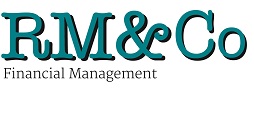Home fires burn on
In a city terrace, a spark from an open fire has caused an inferno and the flames have spread next door. As the residents escape, the fire brigade has been called and are soon on the scene, hosing water onto just one of the burning houses – but why just one house?
The reason is, it’s 1770 not 2020 and the fire chief has noticed an insurance company’s metal fire-mark plate on the front of the house getting the soaking. The chief works for that insurer and only fights fires on properties it has covered (evidenced by a fire-mark). That exemplifies how things worked in 1770.
LESSONS FROM HISTORY
In 1666, when the Great Fire of London destroyed thousands of homes and disputes between landlords and tenants over rebuilding costs were rife, attention turned to how the financial impact of fire damage should be handled. A Museum of London historian explains: “In 1680 the first fire insurance company was set up by Nicholas Barbon. Other insurance companies followed and by 1690 one in 10 houses in London was insured. By 1700 companies began to employ their own fire brigades [to cut claim costs].”
As time moved on, fire brigades came under the control of local authorities and insurers’ direct fire-fighting role ceased, but they continued in the capacity of providing cover to meet the expense of fire damage.
Much more has changed. Buildings insurance cover can include subsidence (an excess may apply), flood, storm and fire damage. Cover for contents may also include accidental damage, theft and use away from home. Like having a fire-mark on your wall in 1770, having the right buildings and contents cover is essential.
